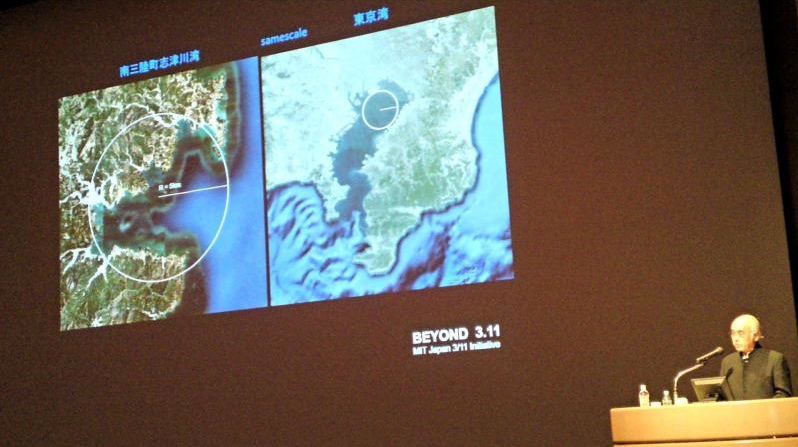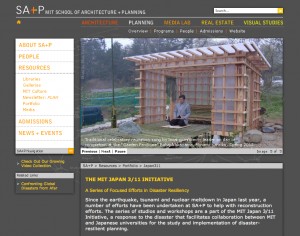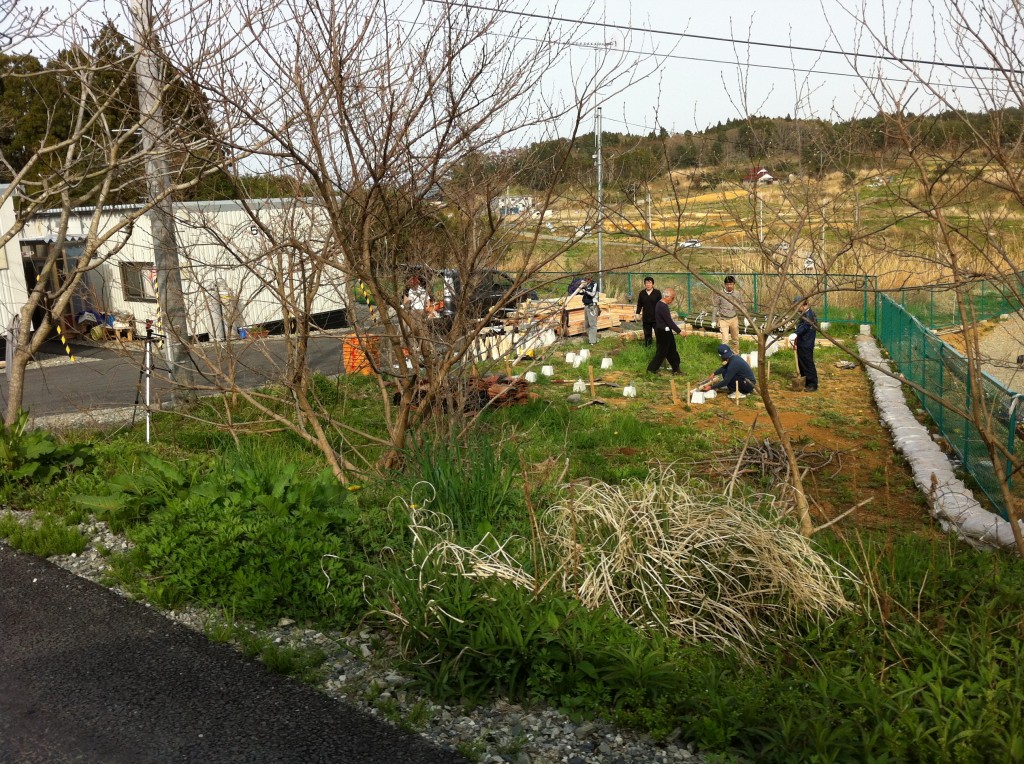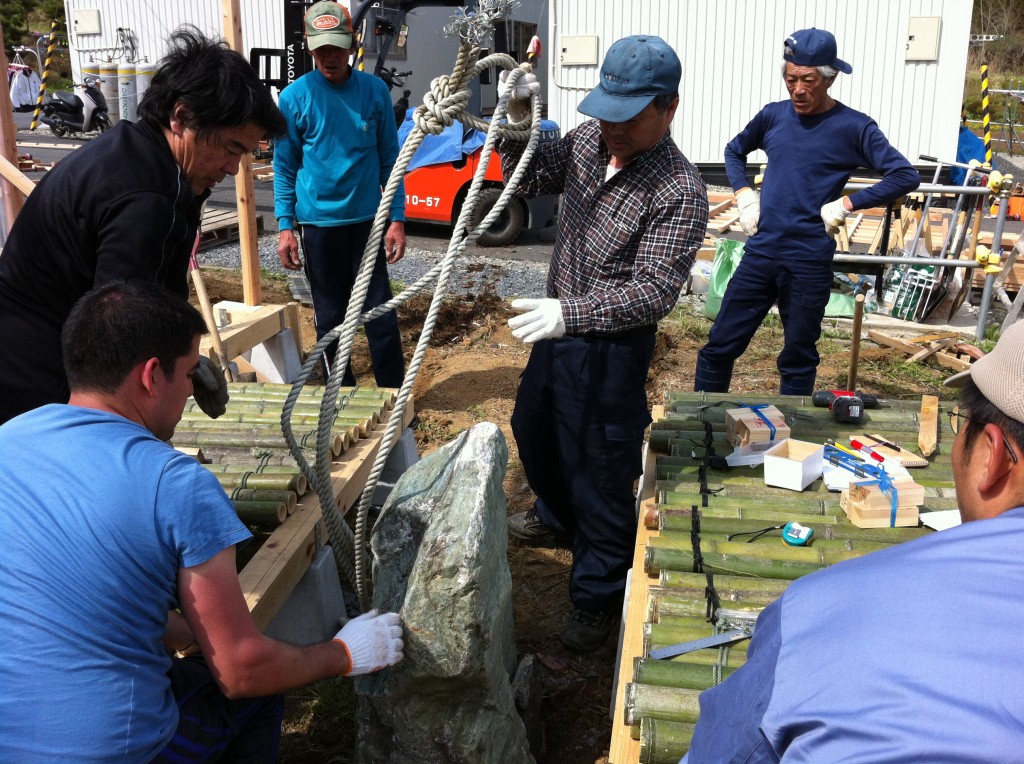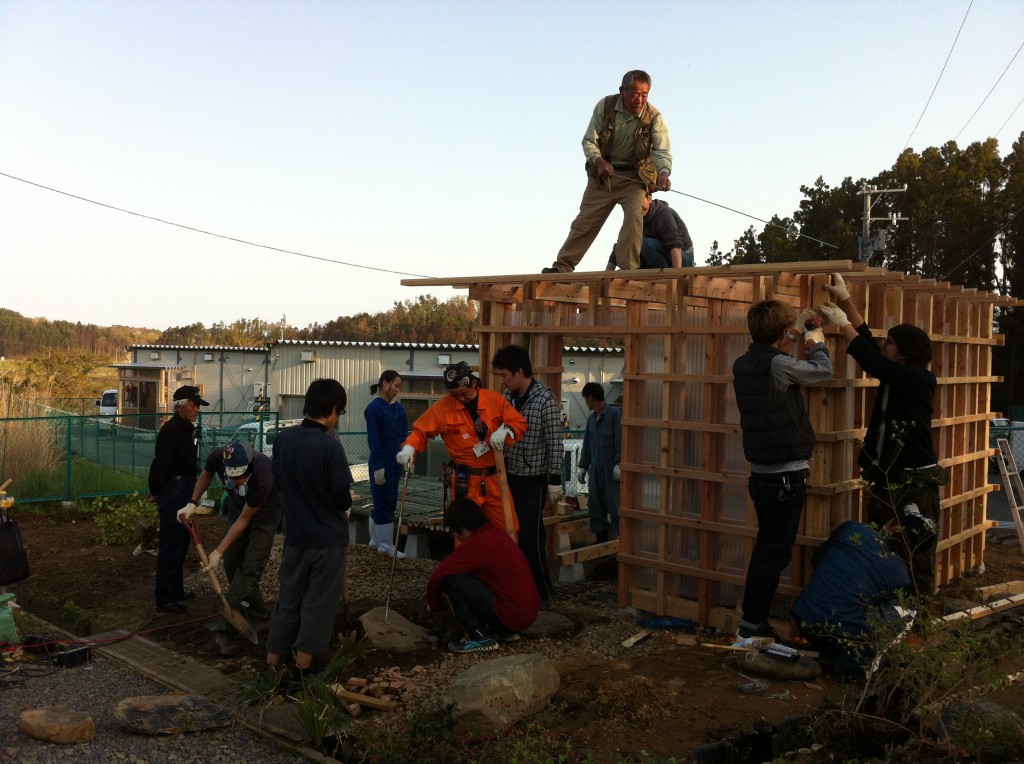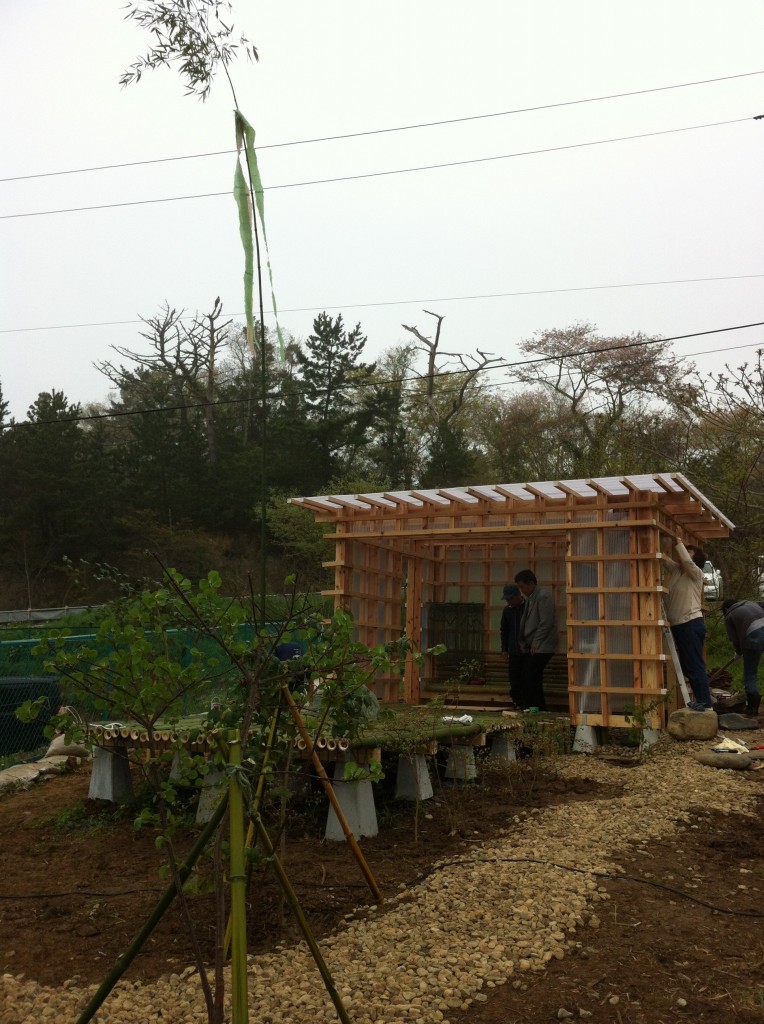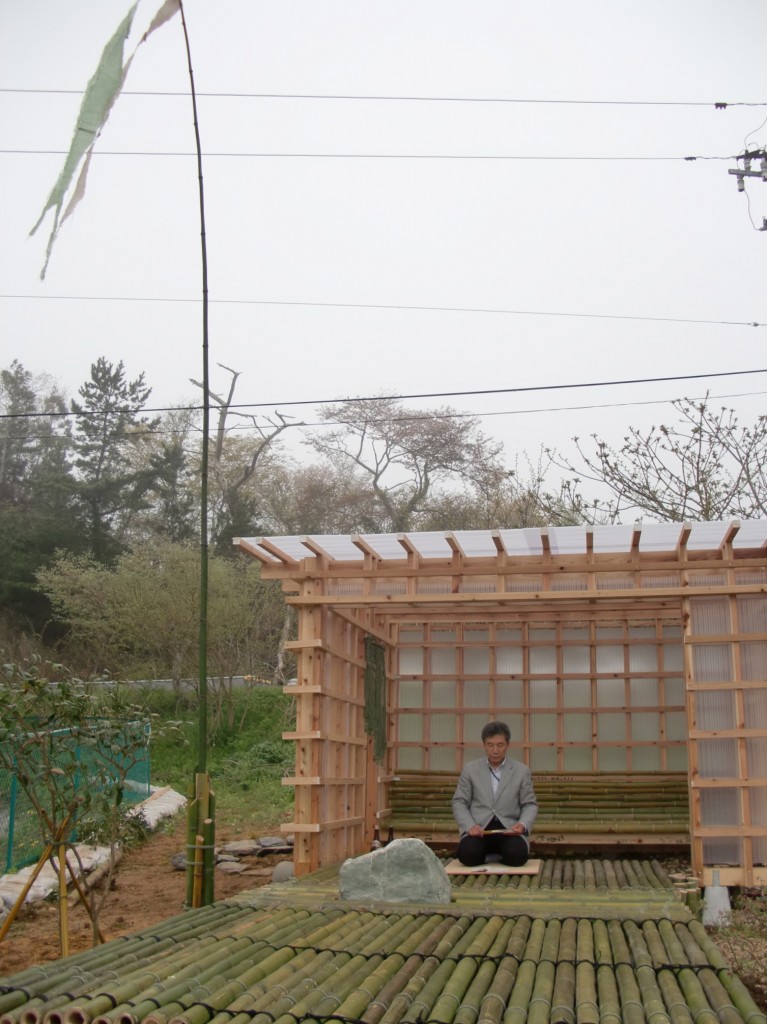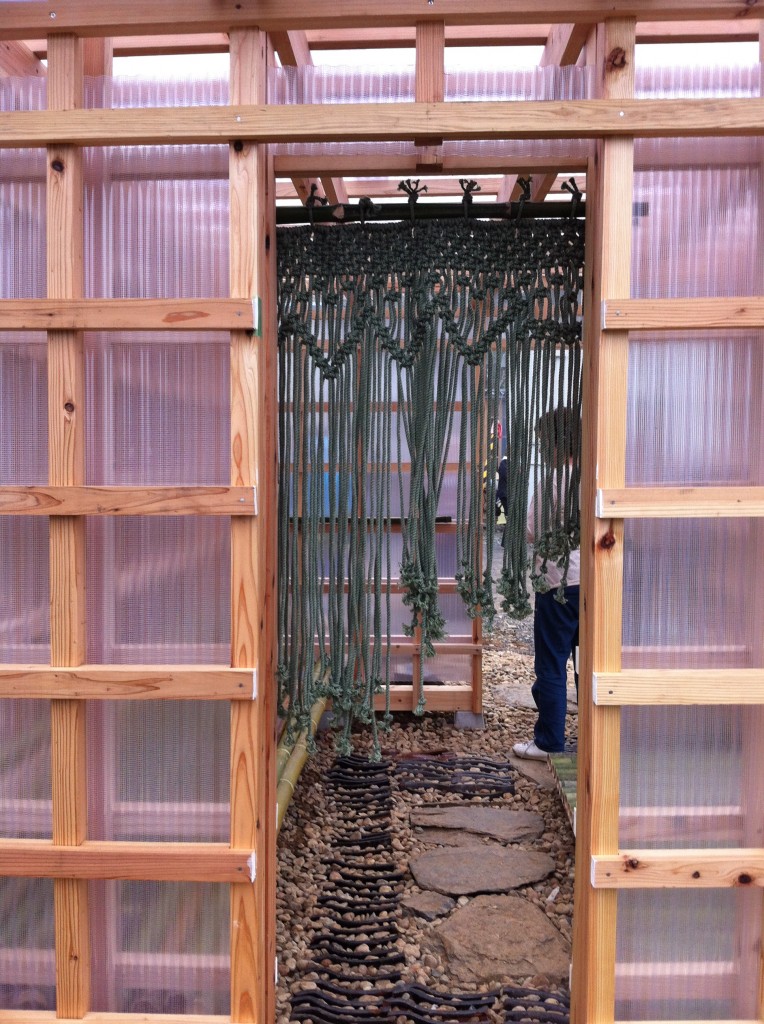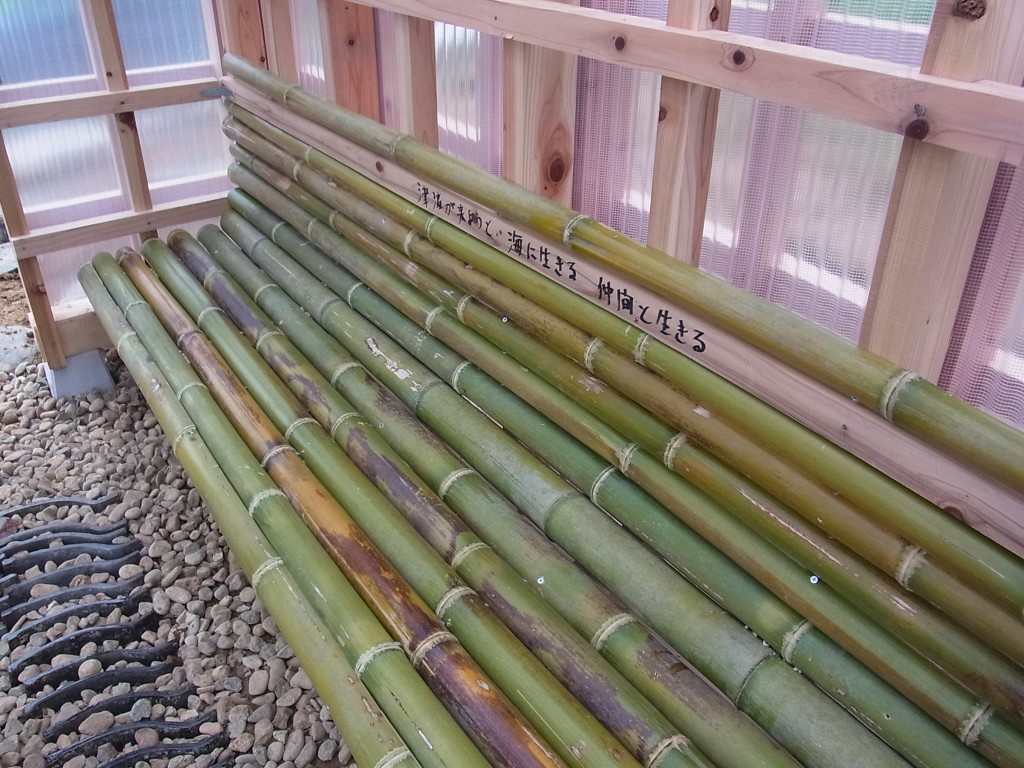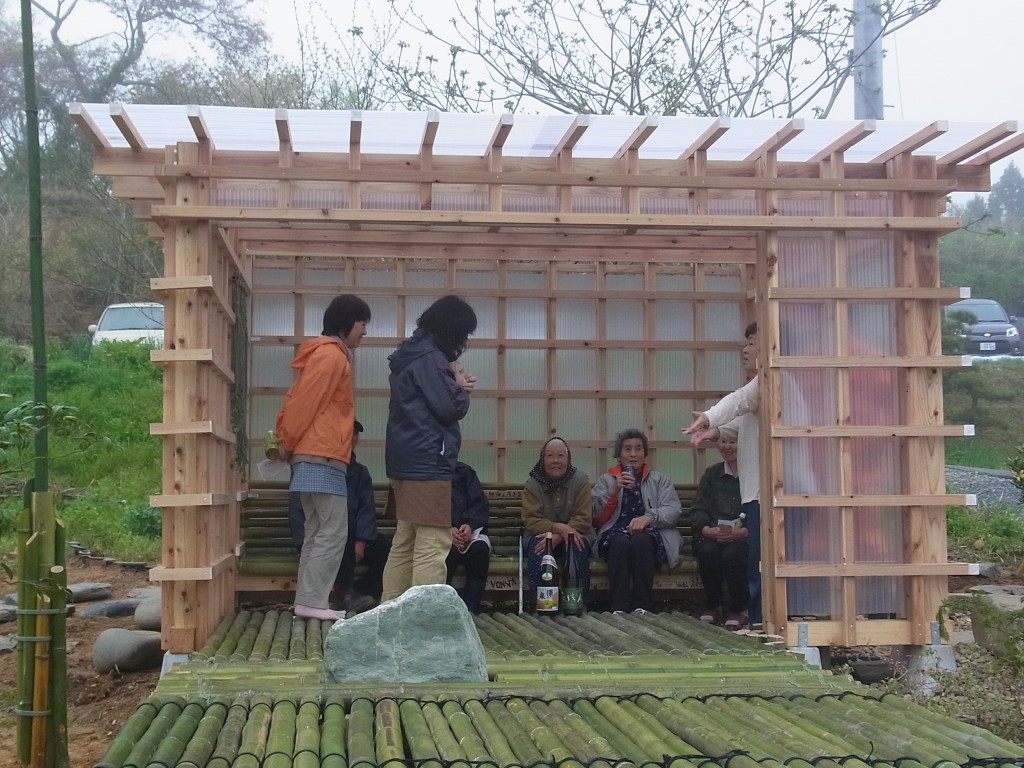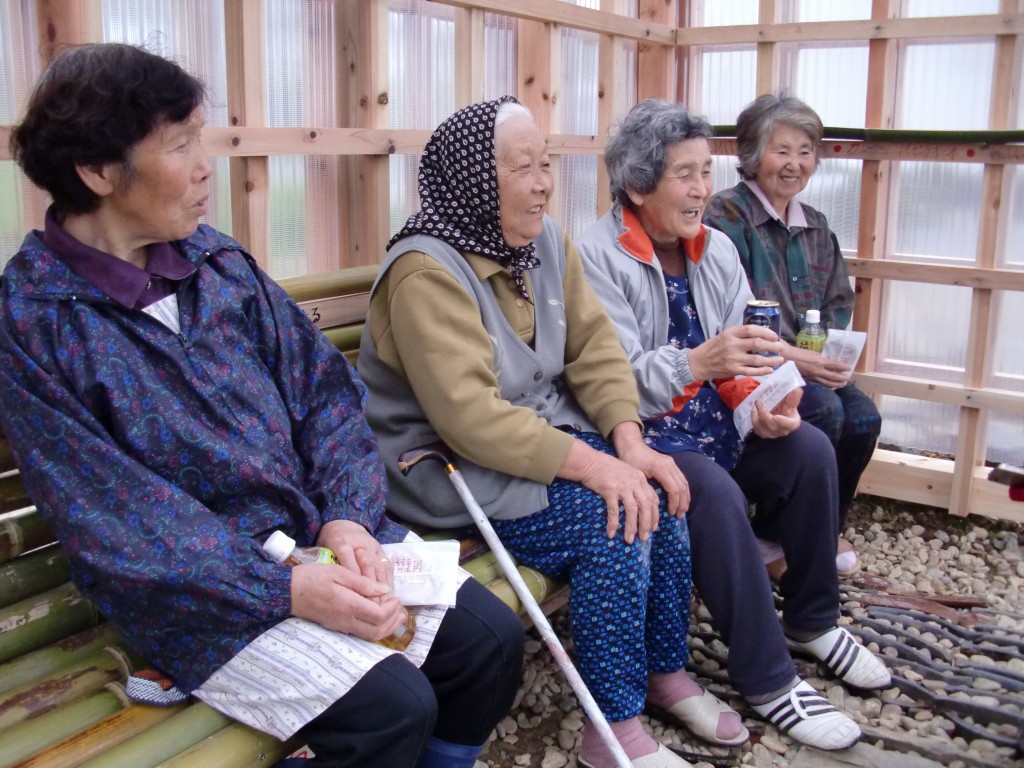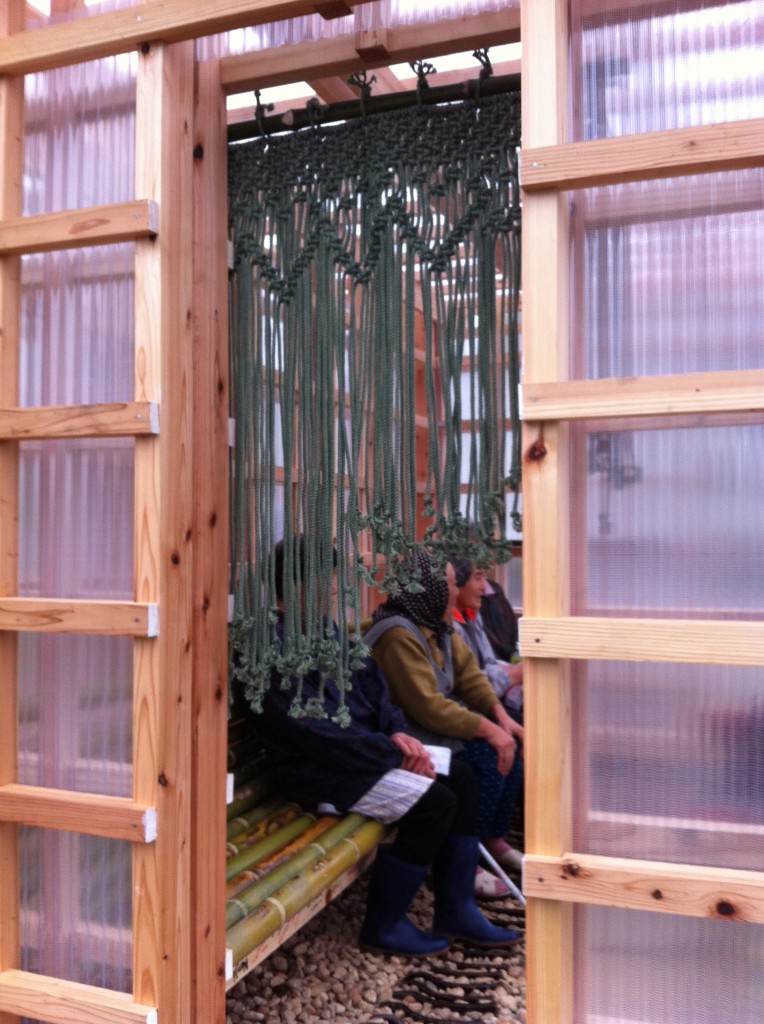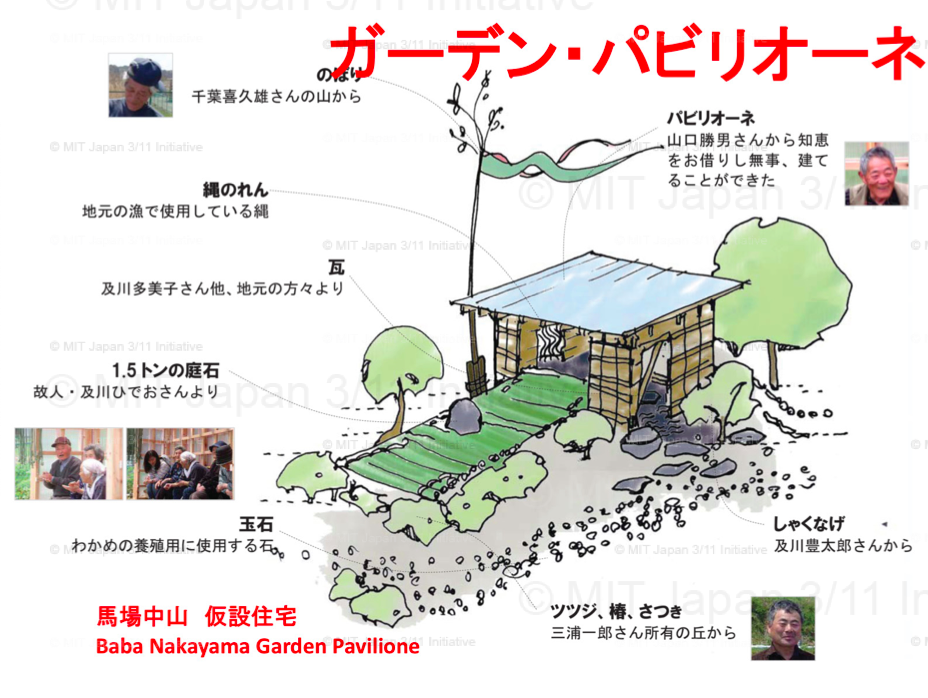
Shun Kanda recently gave a lecture at MIT to a group of students from Tohoku entitled “Power of Place, of People, as One.” He showcased the recently completed Garden Pavilione in Baba-Nakayama and the community-driven initiatives that have developed in the wake of 3/11. Also featured were creative ideas and new typologies for the future of coastal towns in Tohoku as they move to higher ground.
The students are all survivors of the 3/11 disaster who have joined the non-profit organization, Beyond Tomorrow. They are visiting the US to obtain first-hand accounts from leaders in New Orleans, New York, and Washington D.C. Their Boston visit was sponsored by the Fish Family Foundation.
A similar lecture was also given at University of Tokyo on July 29th, at the start of the Japan 3/11 Design Workshop.


